Dungeon Keeper is a strategy PC Video Game released in 1997 by Bullfrog Productions; who had also made other classic video games like Populous, Theme Park, and Theme Hospital to name but a few! The game was designed by Bullfrog co-founder Peter Molyneux, as well as Mark Healey.
The idea behind Dungeon Keeper is actually pretty simple, but with a cool alternative twist. The game is set in a fantasy inspired world, filled with heroes and monsters. But, in a twist to the norm, the player is not on the side of the goody goody heroes: No! The player is a sort of dark overlord, who controls a mysterious green hand, a hand which then designs, and constructs a dungeon. And within this dungeon, the player builds rooms, to attract, train, and cater for creatures who come to it via underground portals. This dungeon is then used for one purpose only, to slay the nearby heroes and take over the land. Yes, the player is the villain, come to slaughter the nearby heroes who have robbed the land from the nice creatures who once claimed it as theirs.
The game is played over several different missions/levels, with a nice introduction provided by Richard Ridings. At the start of the mission, the player is introduced to the Dungeon Heart, which is a jewel, and also the dungeon’s life blood. If it’s ever destroyed, the game is over. The player then needs to build up their dungeon, by using Imps to dig out the walls, claim the land, and fortify the walls. They will also need to dig out gold, because rooms cost money to build, and also creatures are enterprising sorts, and won’t work for free! But, once the player has dug out space for rooms, and money to build them, they can then design a dream pad for creatures to live in.
Rooms have different functions, and are unlocked through further missions/levels. There are quite a few to choose from, but key rooms include:
- Lair: For creatures to sleep in,
- Hatchery: For creatures to eat very fresh Chickens,
- Library: For creatures to unlock new spells and other things too,
- Prison: To lock-up enemy creatures, and possibly turn them into living Skeletons,
- Training Room: To train creatures up so they can fight better,
- Treasure Room: To hoard money in,
- Workshop: A place to construct doors and traps.
Certain rooms also attract certain creatures. They vary in size, abilities, and habits, but without them, the Dungeon is practically useless, other than an expensive new house, that most estate agents will struggle to sell. Anyway, memorable creatures include:
- Warlocks: Primary researchers, and effective long range attackers,
- Bile Demons: Large legless creatures, who like to fill their stomach’s, and work in the workshop…in that order,
- Trolls: Primary workshop workers,
- Dark Mistresses: Great at inflicting pain, but also relish it themselves for some unexplored reason,
- Skeletons: Undead warriors who do not eat food,
- Beetles: They are just Beetles.
Other creatures include Orcs (which are purple in colour), Dragons, Hounds, and Vampires; to again name but a few.
There is also one other creature to name. The Horned Reaper is a terrifying creature, and the strongest creature a player can have in their dungeon. They are ‘bellicose, murderous, and unstable‘, and as a result are very hard to keep happy, and as such can kill anything in a fit of rage; including other creatures in the same dungeon as it. They are dangerous both for the local population, and the player too, with player’s needing to design their dungeons well, just to keep them stable.
So; once the player has built their dream dungeon, and invited the desired creatures, all they have to do, is train them up in their desired skills, and then take on the stupid would-be local heroes who think they are capable of stopping this horde. Heroes like to attack any which way they can, and will even try to tunnel into the player’s dungeon (which is why it’s vitally important to fortify the walls). Once a few heroes have been slaughtered, then the player gets the attention of the local boss; or as he is better known: The Lord of the Land, with his approach signalled by the games narrator.
And that’s pretty much the game in a several paragraph nutshell. There is of course a lot of strategy to the game, it’s not all about interior design, but strategy can be hard, given that players can not directly control the creatures in their dungeon, merely just suggest to them what they should be doing. But if you are sick of them not working as hard as they should be, then you can actually slap them, which is a pretty handy feature.
Dungeon Keeper is a really cool game, and one I remember with fondness. Yes the graphics are very outdated by today’s standards, but it’s still an experience all gamers should experience once in their life. It’s not all about graphics after all, as there’s great voice work from the narrator too, providing classic lines such as: “You cannot afford to train creatures”, “Beware, the Lord of the Land approaches”, “Your Workshop is not Big Enough” and others.
It’s a game which is quite a cool experience, but with a lot of possibilities too. Possibilities sadly only briefly touched upon, as there was only one sequel in Dungeon Keeper 2. However, many more classic games have been produced since, very much influenced by this absolute classic, which include: Startopia, Evil Genius, and the originals spiritual successor; War for the Overworld. It could also be strongly argued, that Dungeon Keeper was a major influence on the design of the board game Dungeon Lords too.
Give it a try, if you dare (or at least dare to try and play something with graphics as outdated as this one. Sort of wish a new version with updated effects was produced, but with everything else left absolutely alone)…
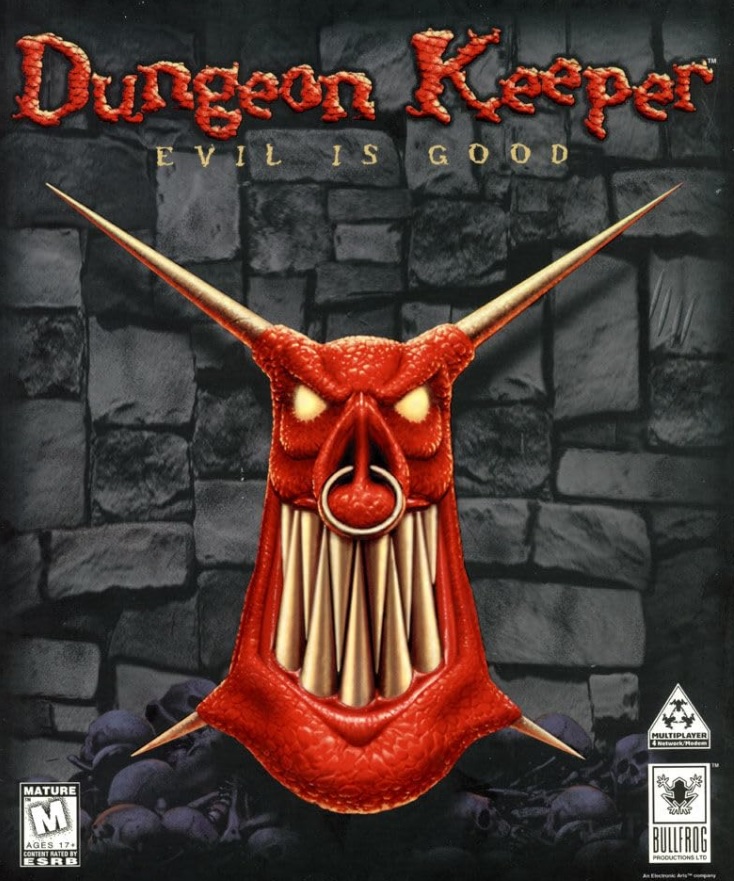
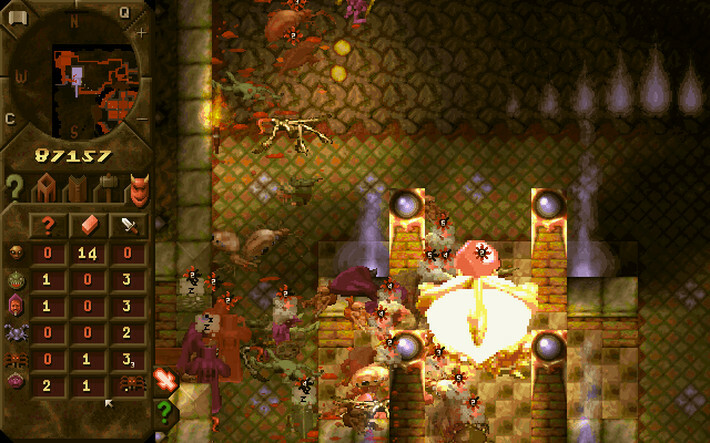
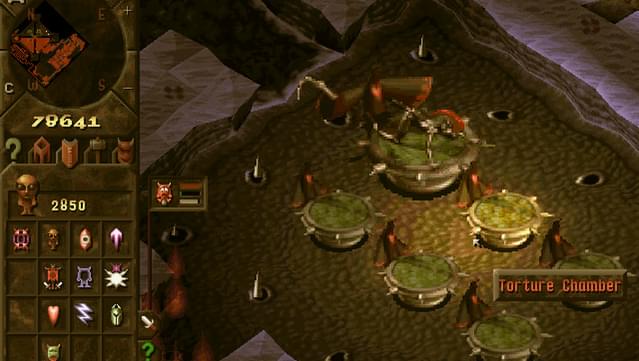
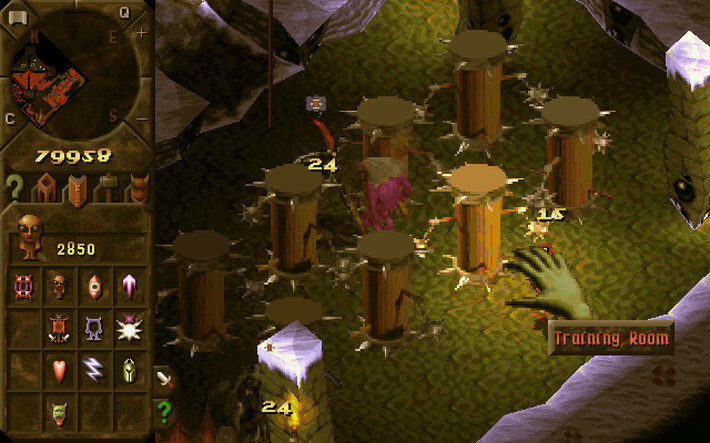

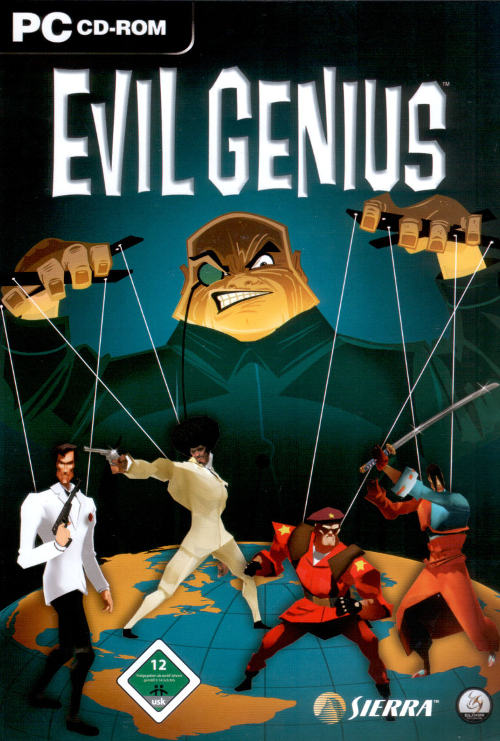
Leave a comment